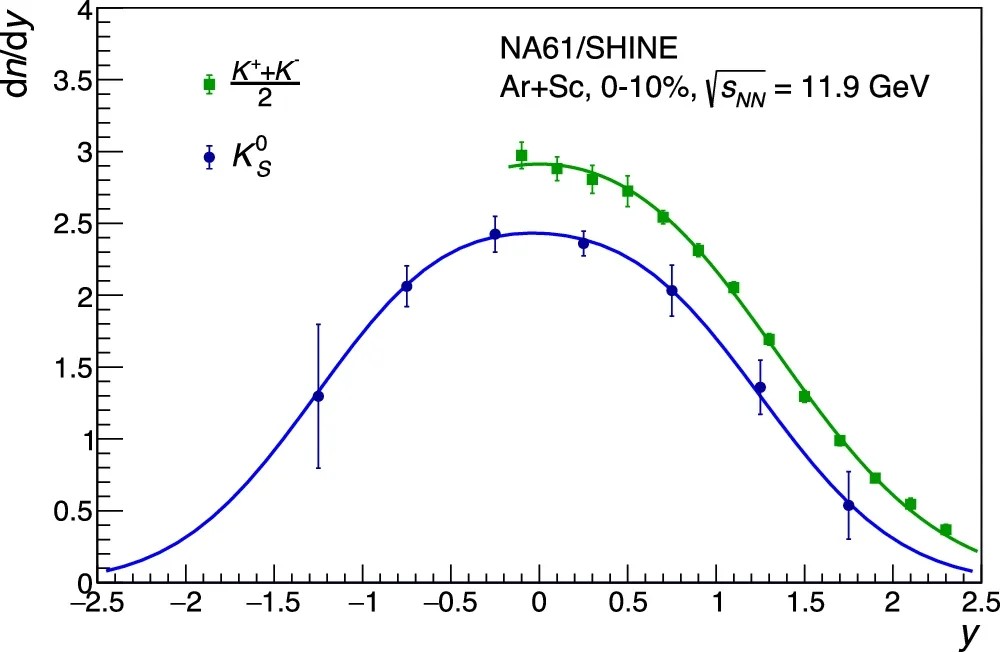
Our physicists on quarks in Nature Communications
The prestigious journal Nature Communications has published an article entitled Evidence of isospin-symmetry violation in high-energy collisions of atomic nuclei (pl. Dowód naruszenia symetrii izospinowej w wysokoenergetycznych zderzeniach jąder atomowych). The authors of the publication are scientists from the NA61/SHINE group, which includes researchers from the Department of Physics and Astronomy at the University of Wrocław: Z. Fodor, M. Kuchowicz, M. Lewicki, M. Naskręt, R. Szukiewicz, L. Turko, O. Vitiuk and E. Zherebtsova.
Strong interactions occur between quarks (up, down, strange, charm, beauty and top quarks, called quark flavour). Quarks are components of hadrons, such as the proton (uud, u =up and d =down quarks), and mesons (quark-antiquark systems). The u and d quarks have very similar effective masses, much smaller than all the others. Consequently, there is an approximate symmetry, called isospin symmetry, between particles containing u or d quarks. An example of the effect of this symmetry is that the mass of the neutron (udd) is greater than that of the proton by only 0.1%.
With full preservation of isospin symmetry, identical numbers of isospin-symmetric particles should be produced in collisions of isospin-symmetric atomic nuclei. This should especially apply to the production of kaons – mesons that, in addition to the strange quark (or antiquark), also contain the u or d antiquark (or quark) (K0 = d¯s, K+ = u¯s, K- = u¯s, K¯0 = d¯s).
The production of electrically charged K quarks (i.e., K+ and K-) and electrically inert K¯0 kaons and K¯0 anticaons has been measured by the NA61/SHINE group in the interaction of argon and scandium nuclei at an energy of 11.9 GeV per nucleon pair in the center-of-mass system.

The researchers found that charged K mesons are emitted significantly more often – by (18.4 ± 6.1)% – than neutral K mesons. Previous measurements are consistent with this result, but were not significant in view of their insufficient measurement accuracy.
Theoretical models of particle production that account for all known isospin symmetry breaking effects do not explain the magnitude of the observed effect. Precise measurements and theoretical modeling are still needed to systematically explain the observed effect of significant isospin symmetry breaking.
Source: WFiA UWr
Translated by Natalia Perlic (student of English Studies at the University of Wrocław) as part of the translation practice.
Date of publication: 03.04.2025
Added by: E.K.



